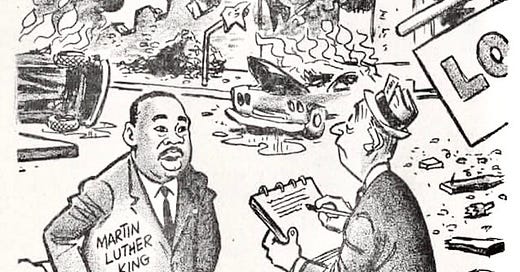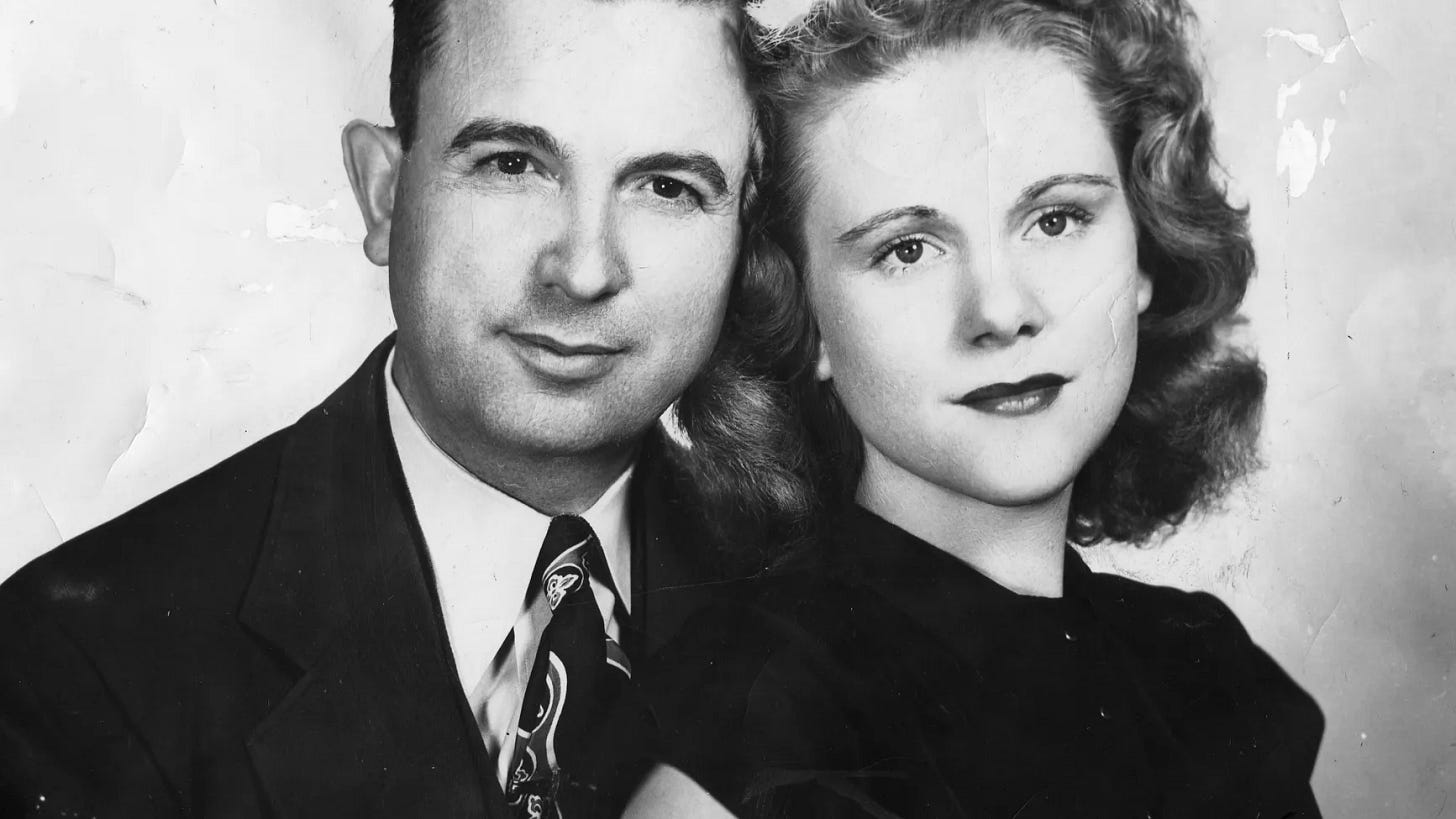Last weekend Donald Trump took control of California’s National Guard. The last time a President federalized a state’s National Guard was in 1965. State and local police in Alabama were televised brutally attacking the peaceful Selma to Montgomery Marches, so Lyndon Johnson ordered the Alabama National Guard to escort the demonstrations.
The televised images of police brutalizing Black people had become too much to bear for many across the country. This included Viola Liuzzo, a white, 39-year-old mother of five living in Detroit. Viola was so disturbed by the police brutality that in March of 1965, she left the kids with her husband Jim and made her way down to Alabama.
As soon as she arrived, Viola began helping however she could. She marched, administered first aid and transported other civil rights workers. And just as soon as the demonstrations ended, Viola was on her way back to Detroit. She just needed to drive to Montgomery one more time to drop off a young Black civil rights worker named Leroy Moton.
The sight of a white woman driving a young Black man easily caught the eyes of four Klansmen who’d spent the day trying to provoke marchers. The klansmen followed Viola and Leroy, pulled up beside them and on the night of March 25, 1965, those klansmen fired their guns into Viola’s car, killing her instantly.
The bullets missed Leroy, who managed to gain enough control of the car to stop it, pushing itup against a fence. Covered in Viola’s blood, Leroy played dead, fooling the klansmen who then fled the scene. Leroy ran and ran and was eventually picked up by civil rights worker Rev. Leon Riley.
Viola’s murder could’ve been stopped before it even happened. One day earlier, the FBI was told by an informant that something like this would occur. That informant was Gary Thomas Rowe, one of the four klansmen who would kill Viola Liuzzo.
After Viola’s murder, FBI Director J. Edgar Hoover had two options: take accountability or not. Hoover chose the second option. Instead of letting the truth come out, Hoover created the Lane Report, which, according to Mary Stanton, author of From Selma to Sorrow: The Life and Death of Viola Liuzzo, portrayed Viola not as a victim of white supremacist violence, but as a “drug-taking middle-aged adulteress with a black teenage lover”.
The Lane Report wasn’t the only propaganda fighting against the truth. Here’s a 1965 episode of “Meet the Press” in which a panel of journalists attempt to blame the killing of Viola Liuzzo on their guest, Rev. Dr. Martin Luther King Jr.
In 1967, white Birmingham News cartoonist Charles Brooks—a man who’d built his reputation on anti-KKK cartoons in the 1940s—somehow made this:
Only two of the four klansmen were indicted in the murder of Viola Liuzzo. One of them died of a heart attack before his trial, the other was acquitted by an all-white-male jury—an unsurprising result given the history of this country, magnified by the national media narrative blaming everyone but the klansmen.
All these years later, as violence erupts in the streets once again, if you notice the familiar and overwhelming narrative of the powerful and the absence of much else, please keep in mind, as James Baldwin said, “The victim who is able to articulate the situation of the victim has ceased to be a victim: he or she has become a threat.”
https://www.newyorkalmanack.com/2025/06/posse-comitatus-history/







powerfully written... i love that you end with that powerful, motivating quote from Baldwin. fire!